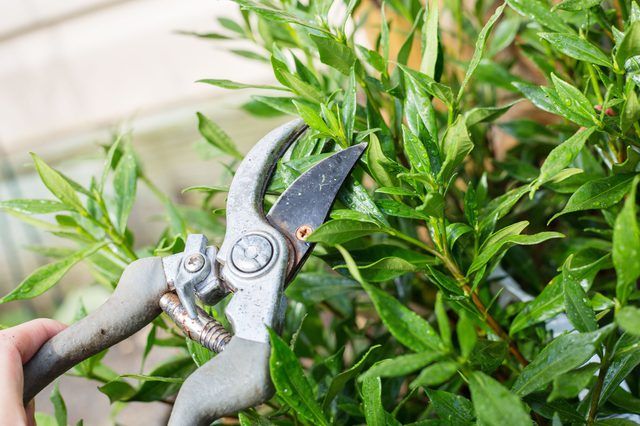Bulbs
Flower Basics
Flower Beds & Specialty Gardens
Flower Garden
Garden Furniture
Garden Gnomes
Garden Seeds
Garden Sheds
Garden Statues
Garden Tools & Supplies
Gardening Basics
Green & Organic
Groundcovers & Vines
Growing Annuals
Growing Basil
Growing Beans
Growing Berries
Growing Blueberries
Growing Cactus
Growing Corn
Growing Cotton
Growing Edibles
Growing Flowers
Growing Garlic
Growing Grapes
Growing Grass
Growing Herbs
Growing Jasmine
Growing Mint
Growing Mushrooms
Orchids
Growing Peanuts
Growing Perennials
Growing Plants
Growing Rosemary
Growing Roses
Growing Strawberries
Growing Sunflowers
Growing Thyme
Growing Tomatoes
Growing Tulips
Growing Vegetables
Herb Basics
Herb Garden
Indoor Growing
Landscaping Basics
Landscaping Patios
Landscaping Plants
Landscaping Shrubs
Landscaping Trees
Landscaping Walks & Pathways
Lawn Basics
Lawn Maintenance
Lawn Mowers
Lawn Ornaments
Lawn Planting
Lawn Tools
Outdoor Growing
Overall Landscape Planning
Pests, Weeds & Problems
Plant Basics
Rock Garden
Rose Garden
Shrubs
Soil
Specialty Gardens
Trees
Vegetable Garden
Yard Maintenance
How to Care for a Gardenia Plant
How to Care for a Gardenia Plant. A native of Asia, the gardenia (Gardenia jasminoides) has graced American southern gardens since colonial times. Its alternative common name, cape jasmine, originated from the mistaken notion that the shrub first grew near the Cape of Good Hope in South Africa. Boasting intensely fragrant, white blossoms up to 5...
A native of Asia, the gardenia (Gardenia jasminoides) has graced American southern gardens since colonial times. Its alternative common name, cape jasmine, originated from the mistaken notion that the shrub first grew near the Cape of Good Hope in South Africa. Boasting intensely fragrant, white blossoms up to 5 inches in diameter, the gardenia struggles unless growing conditions are just right. In U.S. Department of Agriculture plant hardiness zones 8 through 11, the plant thrives outdoors, but in colder climates, treat it as a houseplant or grow it in containers and bring indoors during winter.
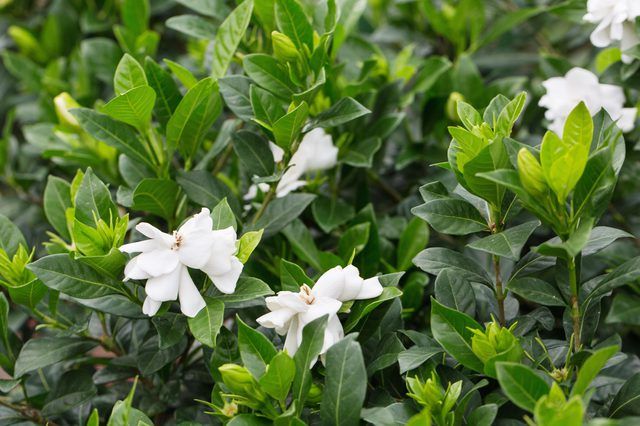
Beloved for the powerful scent of its flowers, the gardenia is a high-maintenance bush that demands plenty of water, acidic soil and summer heat to bloom well. The waxy, white purity of the blossoms, shown to advantage against the dark or bright green foliage, compels gardeners to do whatever it takes to grow these beauties. Flowering typically lasts from mid-spring to early summer. In warm climates, however, where temperatures seldom dip below 60 degrees Fahrenheit, blooms may appear throughout the year. Normally, the evergreen shrub reaches 5 to 6 feet tall and about the same width, but cultivars vary. One low-growing variety, appropriately called "Prostrata," does not top 1 foot and excels as a ground cover, producing 1-inch-wide gardenias as fragrant as larger ones.
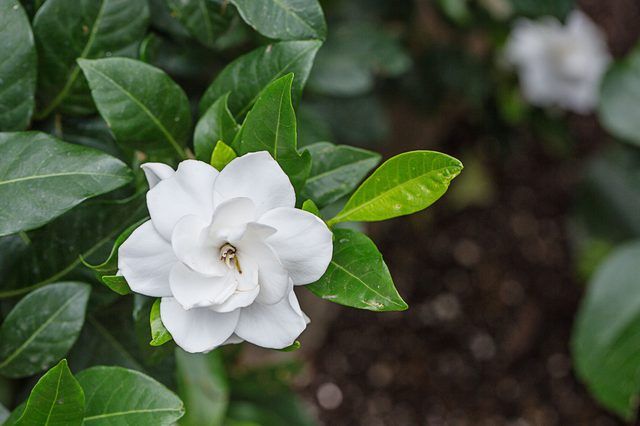
Gardenias tolerate both partial shade and full sun, except when the sun comes from the west. Planting near a window or outdoor living area allows you to enjoy the blossoms' fragrance, but stay well back from concrete walks, driveways or foundations, where a high pH could interfere with the shrub's growth. Spring or fall provides the best climate for planting. Since gardenia requires a pH of 5.0 to 6.0, dig some organic matter, such as peat moss or ground bark, into the soil. Depending on the gardenia variety, space shrubs 3 to 6 feet apart. Dig holes corresponding to the root ball's depth but two or three times as wide. After placing a plant in each hole, half fill with soil and thoroughly water. Let the water drain out, and then fill the rest with soil and water again. Apply a 3 inch layer of mulch around the plants to help the soil retain moisture and discourage weed growth. Keep the mulch away from the gardenia's trunk.
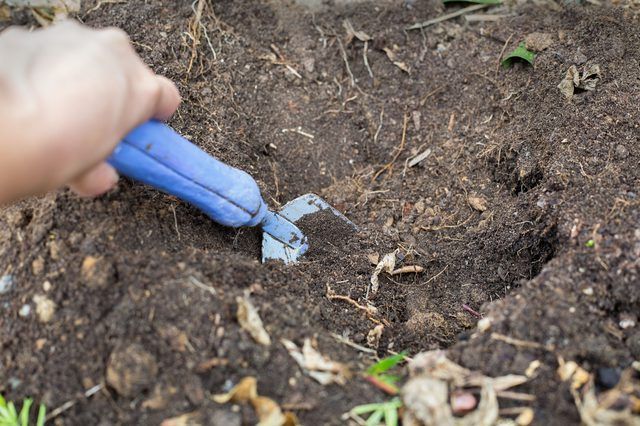
If gardenias do not receive at least 1 inch of rainfall each week, give them an equivalent amount of water. Roughly, this would equal 6 gallons per square yard. Mulch around the plants to a depth of 2 to 4 inches with organic compost. This benefits the plants by holding in moisture, reducing weeds that compete for nutrients and maintaining a constant soil temperature. During the growing season, feed monthly. Fertilizers specifically designed for azaleas and camellias are good for gardenias, too. Apply 1/4 cup of one of these 9-15-13 solutions for each foot of plant height. Gardenias grown as houseplants should be placed in a bright location, and then moved outside during warm summer months. Mist the bush to increase humidity, and do not allow the planting mix to dry out. Use room-temperature water. To encourage blooming, feed from March to August with the azalea and camellia fertilizer.
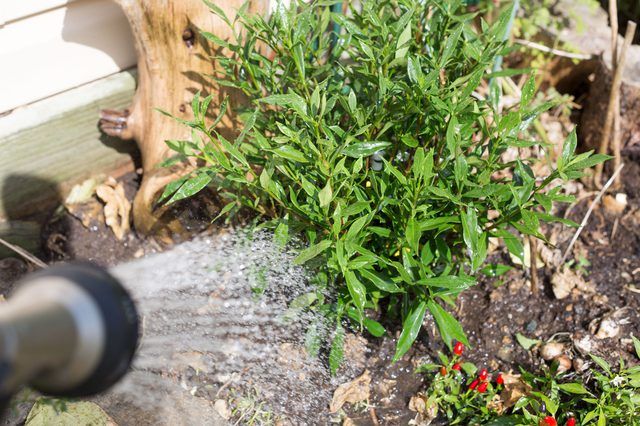
Sucking insects are the bane of the gardenia. Besides whiteflies that fly up in a white cloud, aphids, thrips or mealybugs may be found on the plant. Try hosing the aphids off with a jet spray. Beneficial insects, such as lady beetles or parasitic wasps, released around the plant may control the insect problem. If not, mix 2 1/2 ounces of horticultural oil to 1 gallon of water and spray your gardenia. This not only works on the insects, but also lessens powdery mildew and sooty mold, fungal diseases brought by aphids and other pests. Allowing plenty of air circulation around the shrub by not placing other plants too close will also help with disease prevention. Gardenias can be susceptible to magnesium deficiency, a physiological disorder. If yellow leaves with green veins appear, dissolve 1 tablespoon of Epsom salts in a gallon of water and soak the root zone. Bud drop can occur due to a variety of environmental stresses and cultural problems. Overfertilizing, too much water, hot and dry conditions, as well as unseasonably cold winters can cause buds to drop from the gardenia. Thrip infestations will also cause premature bud drop.
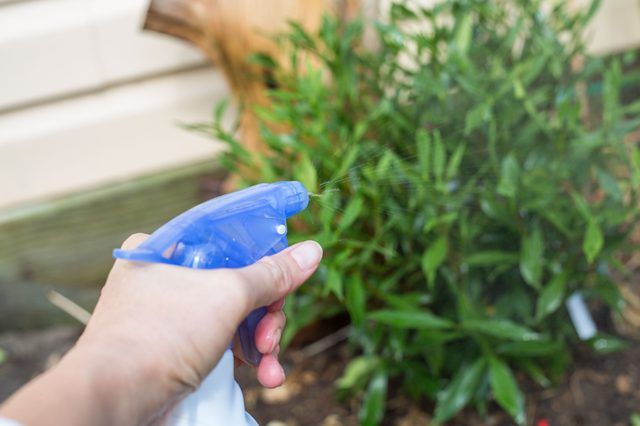
Gardenias only require pruning to control their size, retain their shape or to remove damaged or diseased branches. It's best to prune after the flowers have bloomed and faded, or you risk pruning away developing flower buds. Do not prune gardenias late in fall or you can reduce the amount of blooms produced when next seasons growth resumes. Use hand pruners to trim the branches back to a leaf node. Always sterilize your pruners by wiping the blades off with alcohol and allow the blades to dry before using. This cuts down on the possibility of disease being transferred from the blades to the plant.
